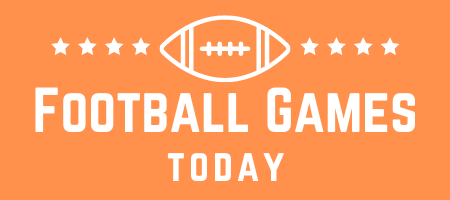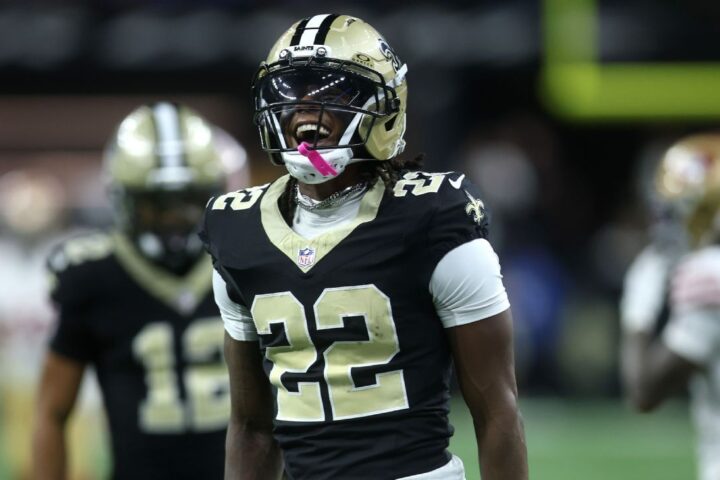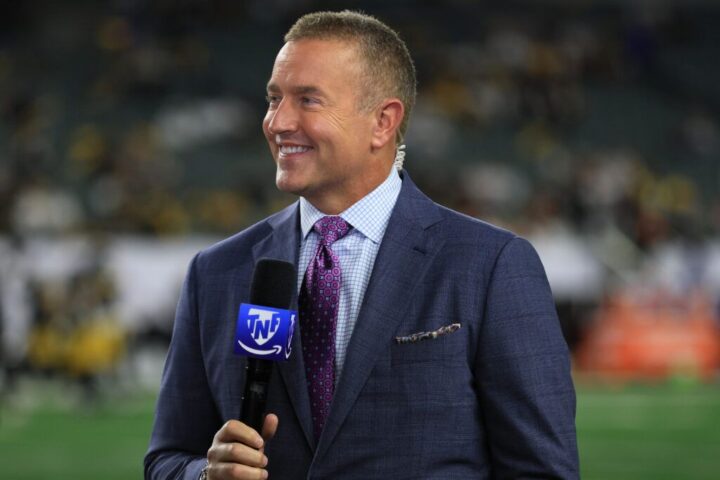Any good fantasy football draft strategy is fluid. Prepare as much as you want, but it only takes one goofy pick or unique strategy to impact the rest of the draft … and that’s going to happen. While the ability to react to the draft room is critical, the first round is usually reasonably chalky and, thus, is one you can dive deep into.
Did you get a trade offer in your dynasty or redraft league? Not sure what to do? Make championship-winning decisions with PFN’s FREE Fantasy Football Trade Analyzer and Calculator!
Why Your First-Round Fantasy Football Draft Pick Is So Important
You’ll often hear that “you can’t win a draft in the first round, but you can lose it,” and I agree with that sentiment. Due to the draft capital you are tying up in your first pick, it’s nearly impossible to get a great return on your investment, but crashing and burning is very much a possibility. That much is obvious, but how your first decision of the draft impacts the rest of your night is a little less intuitive.
You may have heard, I really like Jakobi Meyers for those drafting early. I think he’s a perfect fit for what I expect to be an efficient offense and that his current asking price isn’t accounting for his potential to crack your weekly starting lineup.
Great. Hot take initiated.
But the build of my team and the overall success of what I put together isn’t going to hinge on Meyers. Based on where he’s being drafted, I will already have my foundation laid. My plan to select Meyers in the ninth round doesn’t impact much outside of that round, but that’s not the case when we’re talking first-round selections.
There’s the assumption that your first-round pick is rock solid … otherwise, you wouldn’t be picking him, right?
Every pick from this point forward will be made under that assumption. If you went with a star receiver in Round 1 to lock into a starting slot, the WR position is less valuable now than it was at the beginning of the draft. The same theory holds for the RB position. Meanwhile, if you elect to go with TE Travis Kelce, you can ignore the position entirely for the rest of the night.
Long story short, your first-round pick is the TV in your living room. It impacts everything. The direction of furniture, the flow of traffic, the lighting. Everything. You build from the TV out. You need to feel good about where you put it before you can move on to the rest of the decorating process.
What Position Should You Draft First?
Now we’re talking about the brand of TV. This is where the nuance and personal preference come into play. The size of your league, the roster/scoring setup, your opponents … it all matters and should be factored into this equation.
The first step of this process is knowing your league settings. Standard ESPN leagues only require you to start two receivers, while many other sites have three starting WR slots. This, naturally, results in running backs seeing an increase in value as they account for a higher percentage of your weekly points than in a three-WR format.
The same general thought process needs to happen when evaluating your scoring type. In full-point PPR, receivers and versatile running backs see a bump. Looking to get involved in the growth of Superflex leagues (a league type where a second QB can be used in a Flex spot)? Then everything changes, and quarterbacks rocket up the draft board.
From a macro standpoint, my top-tier list of wide receivers is larger than my list of Tier 1 running backs, so I’m tempted to open with an RB and hope that I can land one of those WRs I label as elite with my second selection.

From a micro standpoint, you’re chasing a blend of quality and quantity. Christian McCaffrey, Austin Ekeler, Justin Jefferson, Ja’Marr Chase, and Kelce are my top five players when it comes to evaluating volume. They play for strong offenses and are penciled into elite roles on a weekly basis. Your specific preference will dictate the direction you go, but none of them are bad picks in the first half of Round 1.
In the second half of the first round, there’s a little more strategy that goes into it. At this position in a snake draft, you can try to project the players who will be left on the board for your second pick. Based on early ADPs, I’m aware that I’m higher than the industry on Tony Pollard and am likely to land him in Round 2. That makes me more likely to go receiver in the first round.
But you don’t have to agree with me. If you think the RB position falls off a cliff after Jonathan Taylor, then it makes sense to scoop him with your first pick and take a receiver in the second round, understanding that you likely have a handful of the top WRs clumped together, separated by very little.
Personally, I don’t think there is much separating the first-rounders this year, and that Round 2 will decide plenty of leagues. I wrote up a mid-July fantasy mock draft, and our first podcast featured a live mock with us breaking down our thought process.
That’s how you get a feel for what YOU are comfortable doing. Get your reps in. Change things up during your mocks. Force yourself to be uncomfortable and see how the team turns out.
It’s good to have a fantasy football draft strategy, especially for the first few rounds, but having a single plan is setting yourself up for failure. Let the board come to you and count on your pre-draft work to guide you. Tier up your rankings and have a draft plan for whatever position you pick first. There’s no such thing as being overprepared, and we’re here to help you every step of the way!




